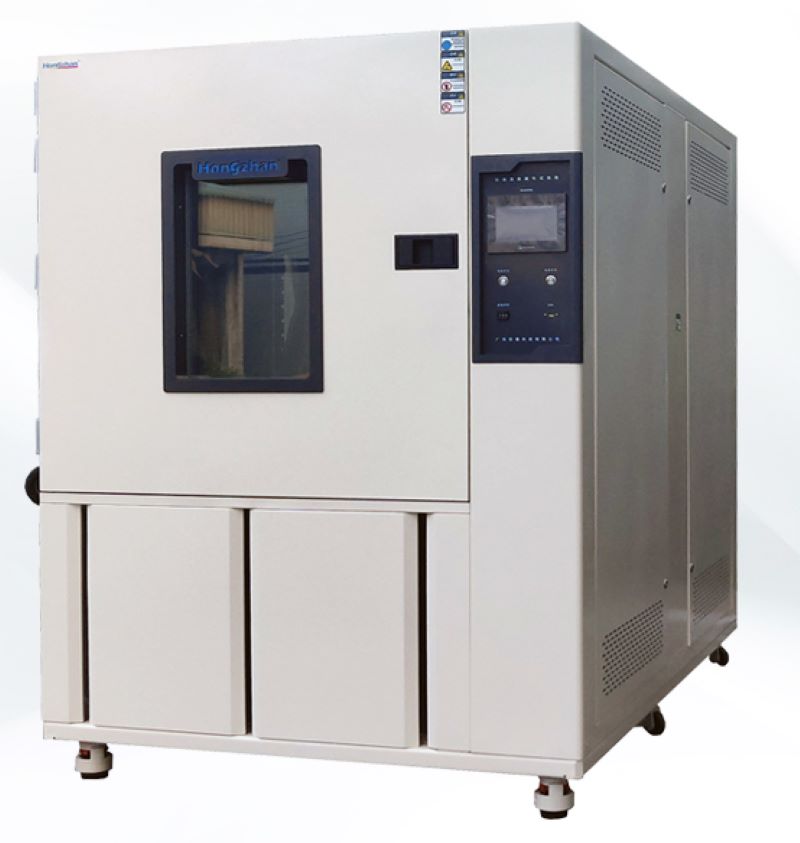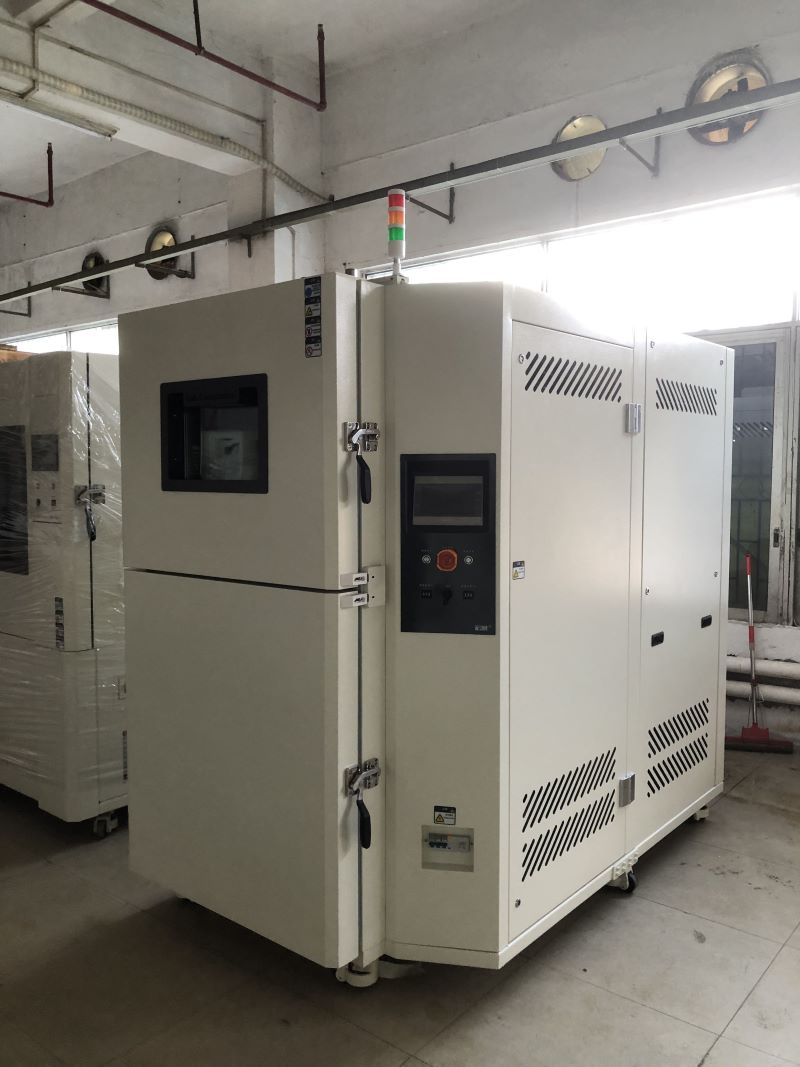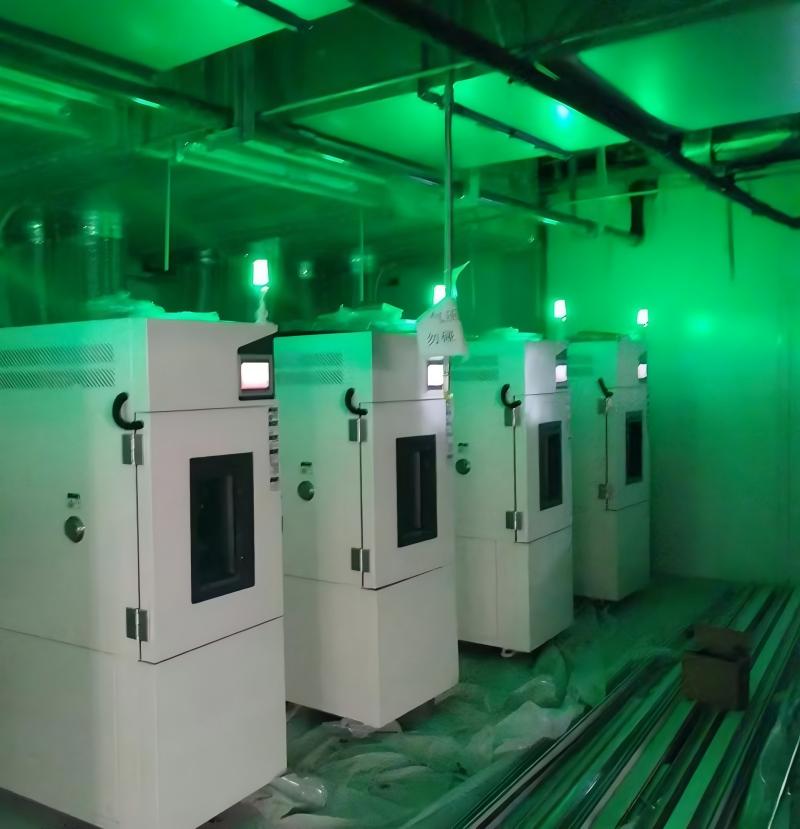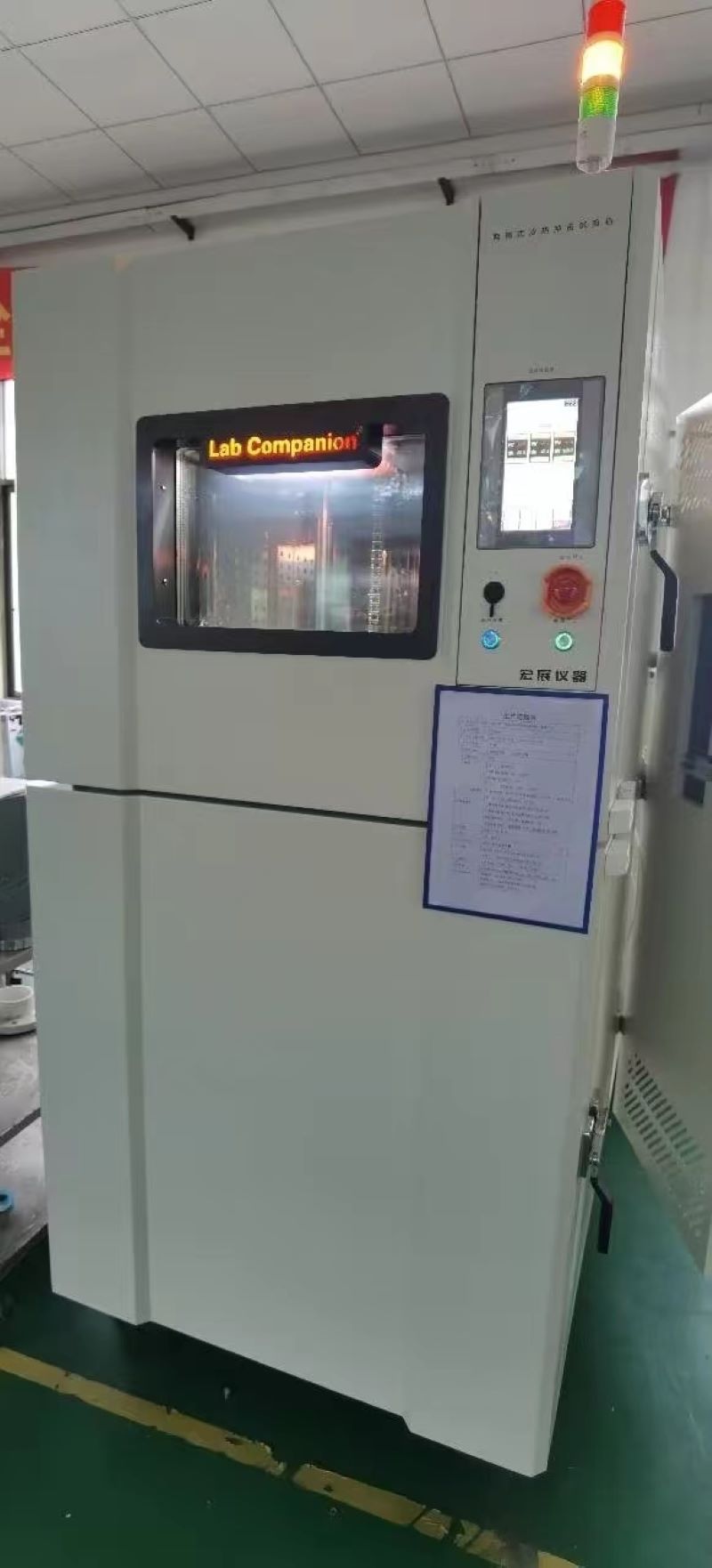Technology empowers cleaning:escort for health and safety
In the rapidly changing modern society, cleaning has gone beyond the traditional daily maintenance scope and has become a key factor in ensuring health and safety. At TVX Cleaning, we use cutting-edge technology to provide excellent cleaning solutions to create a safer and healthier living and working environment for customers.
Technology blessing: the inevitable choice for the new era of cleaning
Today's world faces challenges such as virus transmission, increased allergens and environmental pollution, and traditional cleaning methods are often difficult to cope with. The integration of technology has changed the way of cleaning and brought us the following advantages:
Precise and no omissions: high-tech tools can deeply clean areas that are difficult to reach manually.
Efficient and time-saving: automated and intelligent cleaning equipment shortens cleaning time while improving results.
Environmentally friendly and safe: non-toxic and sustainable cleaning products protect user health and reduce the impact on the earth.
TVX's technological cleaning method
TVX Cleaning is committed to combining innovative technology with professional services to redefine cleaning standards. The following are our main technical solutions:
1. Artificial intelligence cleaning robot
The robot is equipped with intelligent sensors and mapping functions, which can navigate autonomously and clean accurately, thereby reducing human intervention and improving work efficiency.

2. IoT monitoring technology
Smart sensors monitor the cleaning status in real time, mark key areas, and optimize cleaning plans to ensure efficient use of resources.

3. Environmentally friendly cleaning solutions
We use biodegradable and non-toxic cleaning products that can kill viruses and protect the environment, achieving a win-win situation.
Significant benefits to health and safety
· Reduce virus transmission
Our technology solutions can kill 99.9% of germs and viruses, greatly reducing the risk of disease transmission.
· Improve air quality
Through high-efficiency filtration systems and environmentally friendly products, we create a healthier indoor environment and reduce allergens and pollutants.
· Comply with industry standards
We always follow the health and safety standards of the cleaning industry to help customers meet regulatory requirements.
Looking to the future: Create new heights of cleaning with TVX
Technological advances continue to drive changes in the cleaning industry. At TVX Cleaning, we are committed to introducing the latest technologies, from artificial intelligence to green technology, to continuously optimize services. The future of cleaning will not only be efficient, but also more environmentally friendly and intelligent.
Conclusion
Health and safety are never options that can be compromised. With TVX Cleaning's technology-enabled solutions, you can ensure that the cleaning area is both safe and healthy. Contact us now to learn how to change the way you clean and experience the difference enabled by technology!







